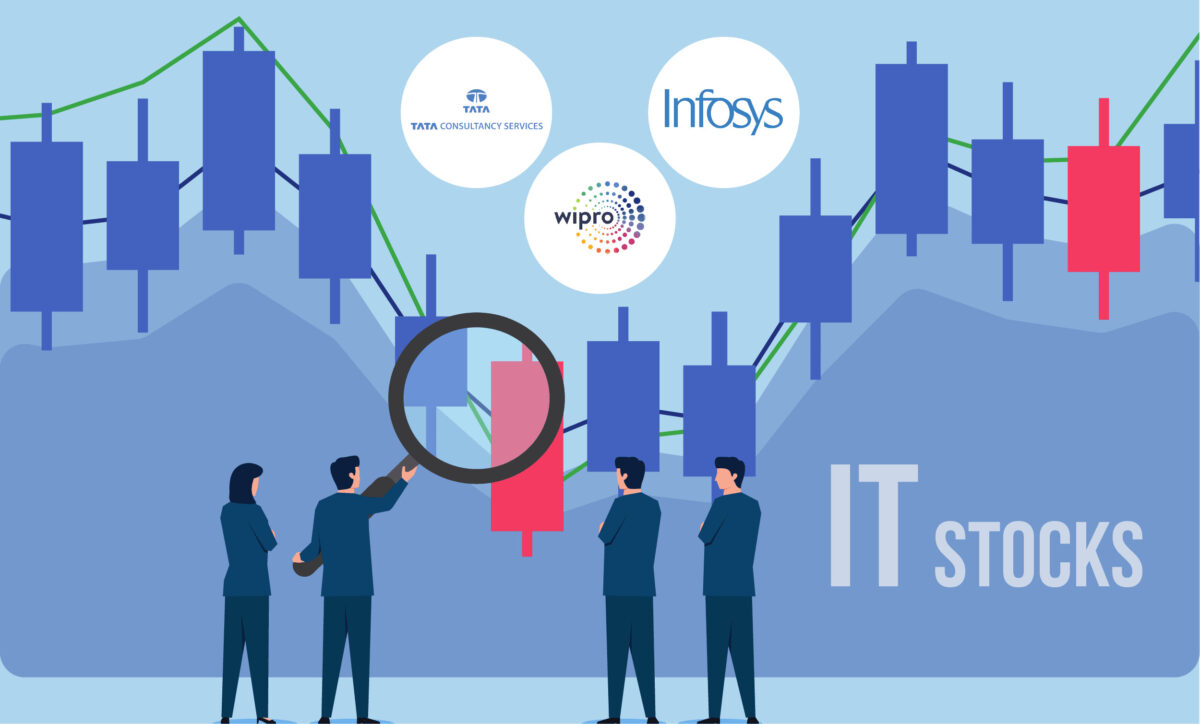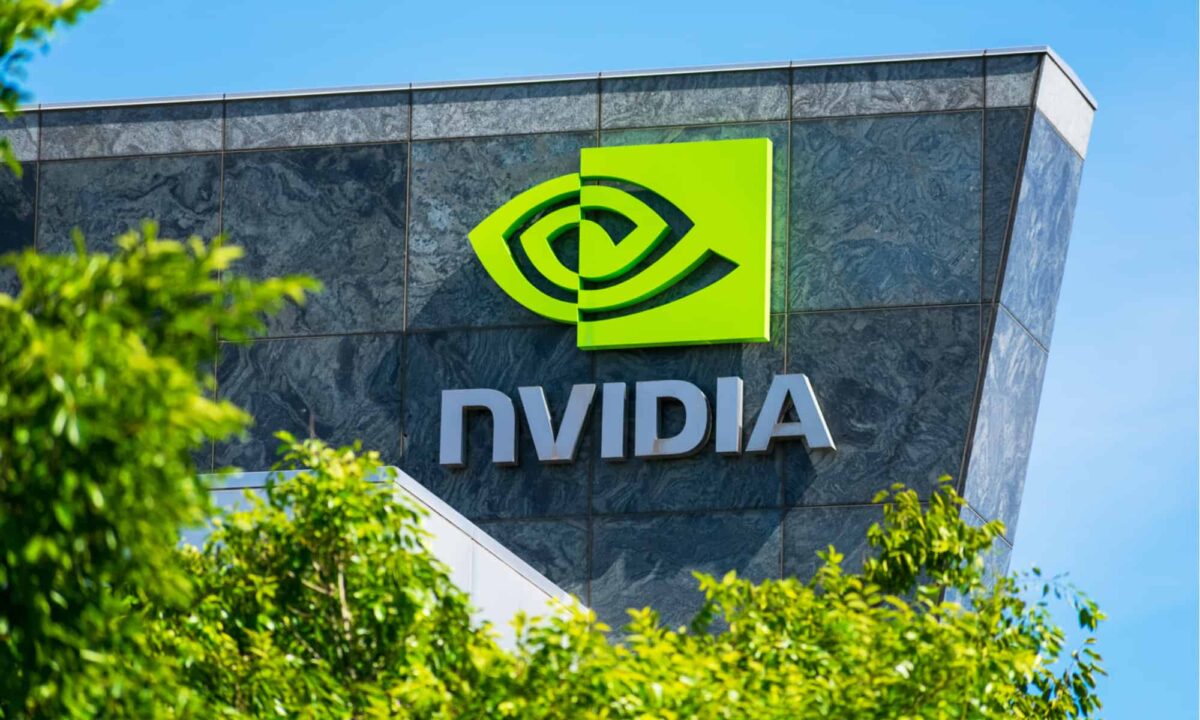Tata Consultancy Services (TCS), India’s largest IT services firm, announced its Q1FY26 results on July 10, 2025. The company reported a subdued performance in the first quarter of FY26, reflecting global macroeconomic headwinds and cautious client spending, particularly in key Western markets.
Key Highlights:
- Revenue: ₹61,185 crore, a growth of 5.4% YoY, but sequentially flat.
- Net Profit: ₹11,580 crore, up 8.3% YoY, marginally higher than analyst expectations.
- Operating Margin: 23.2%, an expansion of 40 basis points QoQ.
- Constant Currency (CC) Revenue Growth: -3.3% YoY, indicating pressure across several verticals.
- Deal Wins: Total contract value (TCV) stood at $9.4 billion, compared to $10.2 billion in Q4FY25.
What Dragged Growth?
TCS witnessed challenges primarily in its key verticals — BFSI, retail, and technology services. The North America market, which contributes over 50% of revenue, saw muted client spending, delays in deal ramp-ups, and an overall cautious tone among enterprise clients.
- The BFSI segment remained under pressure amid ongoing consolidation and cost optimization in global banks.
- The retail and manufacturing sectors showed sluggish activity as clients remained conservative in discretionary IT spends.
- The hi-tech and media verticals also recorded minor de-growth due to weak seasonal demand and contract delays.
Management Commentary
TCS CEO K Krithivasan acknowledged the slowdown and emphasized that despite near-term volatility, the company continues to focus on delivering long-term value to clients and investors. He noted:
“Our Q1 performance reflects the temporary impact of slower decision-making cycles and deferment in discretionary tech spending. However, we are encouraged by the strong pipeline and expect momentum to improve in the coming quarters.”
Employee Metrics
- Headcount: 608,985, a net reduction of over 5,000 employees QoQ — reflecting optimization.
- Attrition: Fell to 13.4%, a multi-quarter low, showing stabilization in the workforce.
- TCS did not announce any major lateral hiring or campus onboarding plans for the near term, indicating a cautious approach.
Outlook for FY26
While Q1 saw a dip in constant currency revenue, TCS expects recovery in H2FY26, driven by:
- Improvement in enterprise IT budgets.
- Better visibility on cloud, AI, and digital transformation projects.
- Stronger deal closures in Europe and emerging markets.
Brokerages have a mixed view post-results:
- Some maintain a ‘Hold’ or ‘Reduce’ rating, citing near-term growth headwinds.
- Others remain optimistic about medium- to long-term prospects, given TCS’s robust balance sheet and consistent deal wins.
Conclusion
TCS’s Q1FY26 results reflect a challenging global IT services environment marked by delayed client decision-making and project ramp-downs. Despite the drop in constant currency revenue, healthy deal wins of $9.4 billion and improving margins offer some comfort to investors.
With expectations of a demand revival in the second half of FY26, TCS remains a fundamentally strong player but may witness some short-term volatility. Investors are advised to monitor future deal conversion, client budgets, and management guidance closely in upcoming quarters.
Top-notch SEBI registered research analyst
Best SEBI registered Intraday tips provider
Telegram | Facebook | Instagram
Call: +91 9624421555 / +91 9624461555



